Escape to Jirisan National Park for stunning mountains vistas, waterfalls and temples. My guide is bursting with energy as we make our way up Mount Jirisan. In her 10 years as a tour guide in South Korea, this is one of the few places that she has never had the chance to visit and for her, a hike up the mountain is an experience all her friends will be envious of.
“I’ll catch up,” I tell her as I stop to inhale a lungful of air.
My heart is beating wildly and I’m not completely convinced that I have the stamina to trek all the way to the top.
We’re only a third of the way up the Nogodan trail and the route is gradually becoming steeper.
Then the concrete walkway ends and I’m forced to concentrate on placing each foot steadily on large uneven slabs of rock.
The steady uphill walk is slowly chipping away at my resolve.
School children bounce along happily past as I stop to catch my breath again.
A group of elderly ladies, brandishing serious walking staffs, march past at a cracking pace.
Young lovers stroll along hand in hand, the woman in a pair of high heeled shoes unsuitable for hiking.
Their enthusiasm invigorates me and I put on another spurt.
As South Korea is a mountainous country, it is not surprising that mountain hiking is one of the nation’s favourite pastimes.
South Koreans are attracted to mountain hiking like fish to water and Mount Jirisan National Park is revered.
For more South Korean experiences read:
- 20 Famous Landmarks in South Korea
- 20 Things To Do In South Korea
- 20 Best Beaches In South Korea
- 35 Things To Do in Seoul
- 20 Seoul Day Trips
- 20 Things To Do In Jeju Island
- 10 Things To Do In Gyeongju
- Andong Mask Dance Festival
- Jirisan National Park
- Korean Temple Stay Experience
- Seoul At Night
- 20 South Korean Cities
- Winter In Korea – 20 Things To Do
Contents
Jirisan National Park
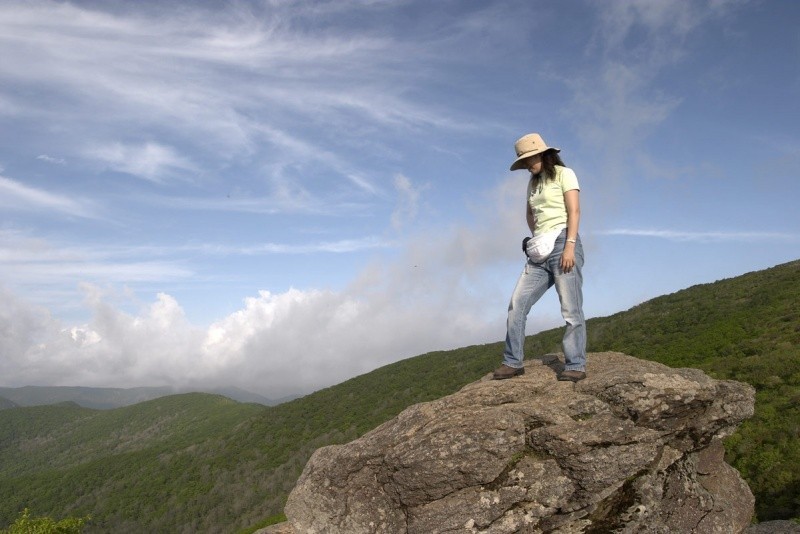
Although it was the first national park in South Korea, the area hardly registers as an international tourist destination.
The park straddles three southern provinces: Jeollabuk-do, Jeollanam-do and Gyeongsangnam-do.
It’s the largest mountain park in South Korea, occupying an area of 440,485 square kilometres.
The highest peak, Chonwangbang, is 1,915 m above sea level and is often referred to as the pillar of heaven.
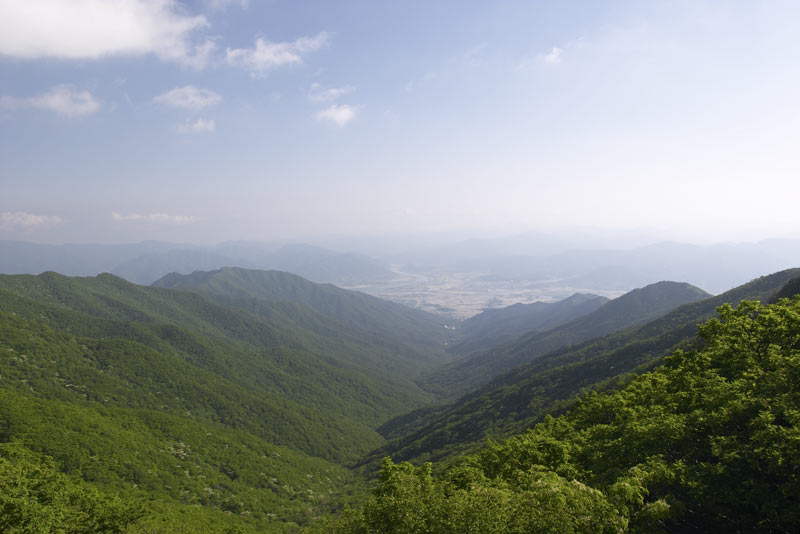
You can book a room in one of the many farms, local inns or temples for a genuine South Korean countryside experience.
Nogodan Trail
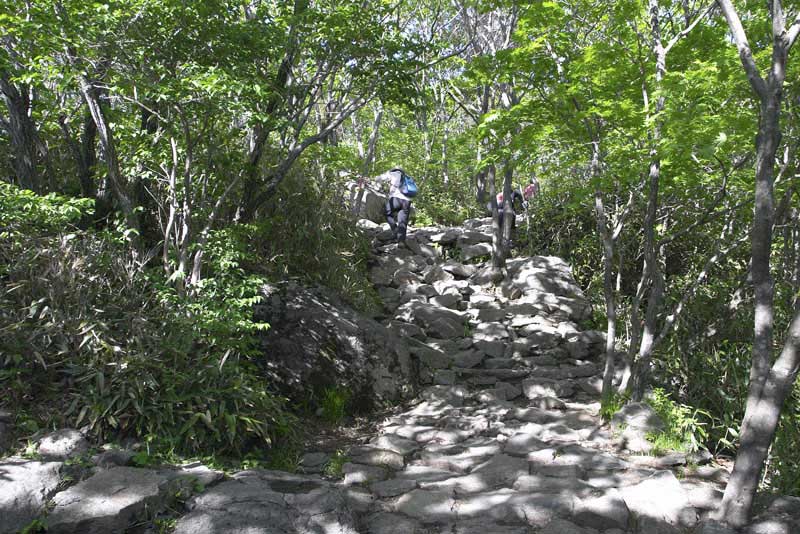
For hikers, the Nogodan trail is one of the most popular.
Around two-thirds of the way up, there’s a viewing station and a drinks kiosk. I stop to wash my face and refill my water bottle with water from the clear mountain stream next to the kiosk.
A group of students are snapping photographs of each other with their camera phones, proof that they made it this far up the mountain.
I’m focused on catching up with my guide so I continue upwards.
The final section of the ascent is the most difficult and the climb seems endless.
The rocky steps are uneven and difficult to clamber over.
When I finally reach the top, I throw myself on a flat rocky ledge feeling elated.
The atmosphere is charged with excitement.
A team of hikers is ripping into packs of food in preparation for the next leg of their journey down the other side of the mountain and a few hours of hiking through the valley.
I sit and stare at the pristine 360-degree views of the surrounding area.
For me, climbing this trail provides the chance to experience nature in South Korea and to appreciate the fighting spirit of the people of this country.
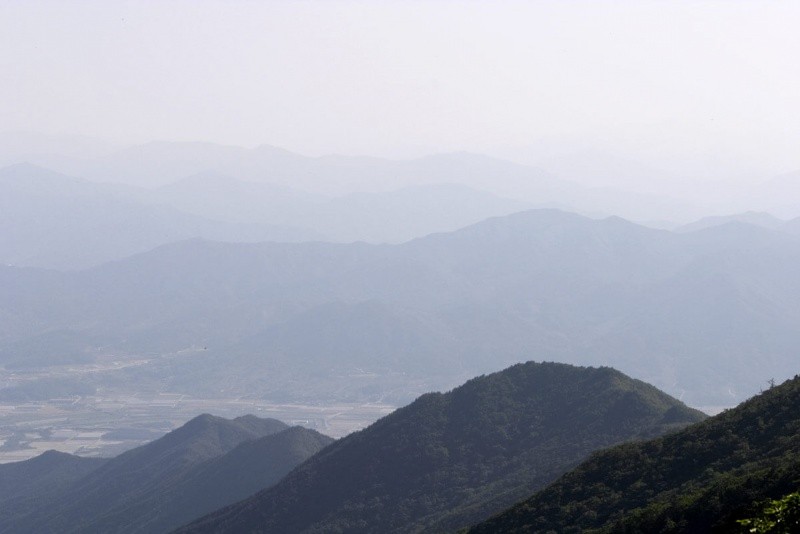
Hwaemsa Temple
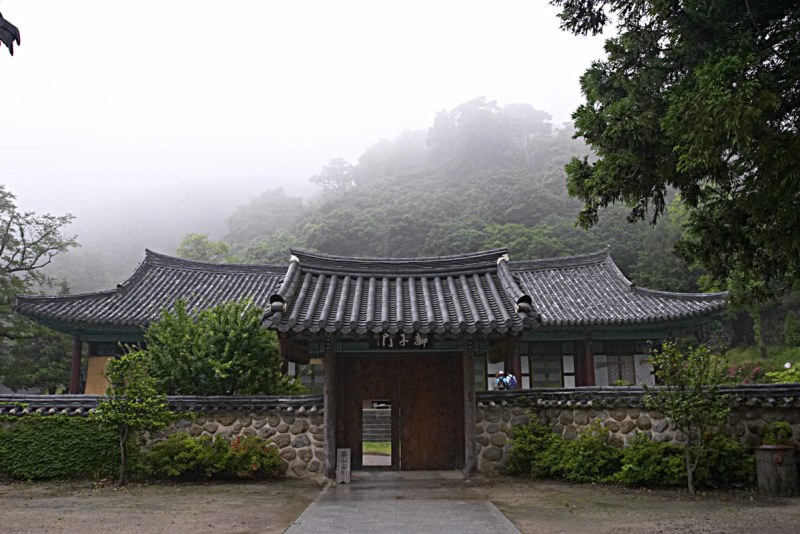
Nestled deep in the valley, I can just make out the Hwaemsa temple enshrouded by a mysterious mist.
From here, the temple is a five-hour hike on foot.
Although the monks of the Cho-ge sect often hike the mountain paths before dawn, it’s a little too far for me to tackle today.
Later, I follow my guide back down the way we came up and we drive through the valley to visit the temple.
All around Korea, the Cho-ge Zen Buddhist sect has thrown open their temple doors letting visitors from all over the world in to stay, experience or just observe their daily routines.
The temple is a peaceful hideaway in the forest and the monks are welcoming.
Accommodation is provided in separate halls for men and women.
We’re shown to the women’s hall where we’re given thin bedrolls and a pillow each. The bathroom facilities are communal.
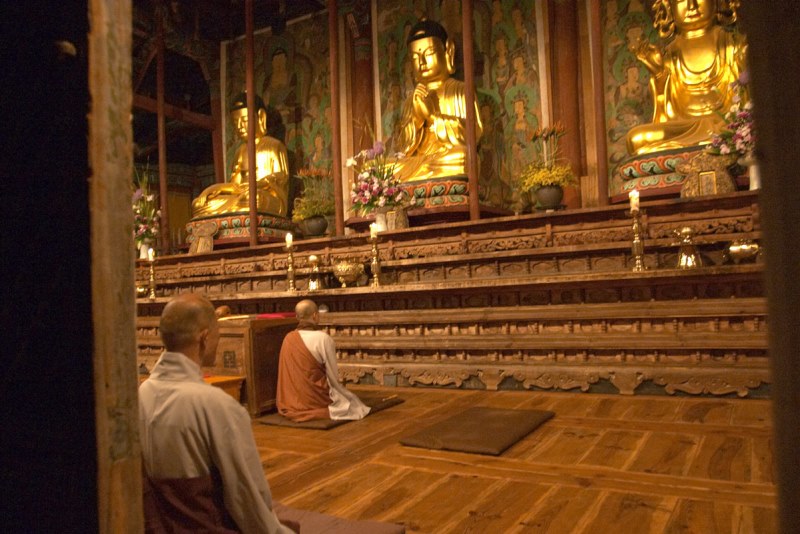
In the morning, I’m awakened by the sound of the gong which signals the morning devotion.
It’s three am and the sky is as black as ink.
I follow the sound of chanting into the prayer hall and watch the monks praying.
After devotions, I join them for a simple vegetarian breakfast.
Samseonggung
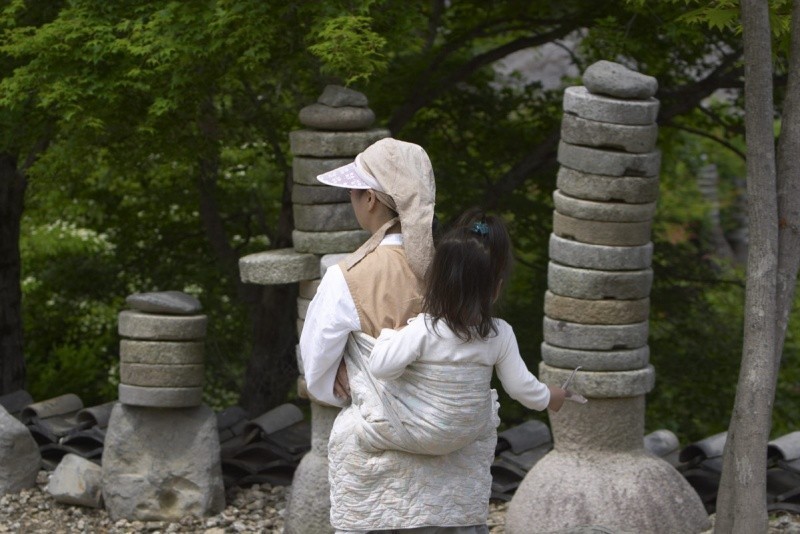
Our next stop is Samseonggung, a hobbit-like rock monastery in the mountains built as a shrine to honour Korea’s three mythological founders: hwanin (the tiger), hwanung (the bear) and tangun (the first ancestor).
Hikers and monks are not the only people who are enticed by the energy of Mount Jirisan.
Cheonghakdong Village
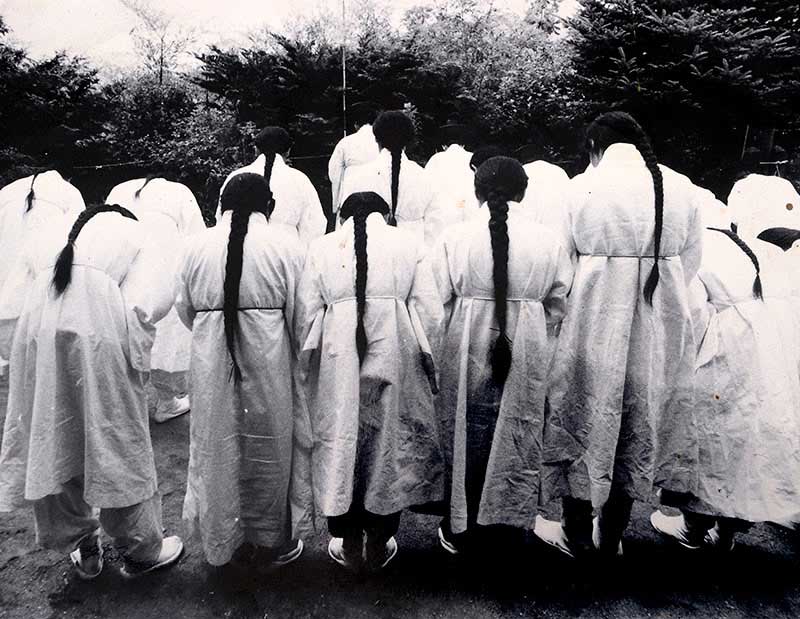
Also tucked away in the mountains is the Cheonghakdong (blue crane) village, which is a remote village at the southern base of Mount Jirisan’s Samsanbong Peak.
It’s like stepping into a historic time portal where villagers go about their daily chores dressed in the plain white or grey hanbok (Korean national dress) of a long-gone era.
Boys and girls in the village wear their hair in long pigtails.
Married men knot their hair and women fashion their hair into a chignon just like you see in traditional Korean folk paintings.
We knock on the door of a village elder, Kim Deuk Jun, who is dressed in his traditional white hanbok.
He brings out complex charts of the earth and begins to talk enigmatically about the villagers’ commonly ascribed philosophy.
“We try to live our lives on a higher plain where materialism is no longer important,” says Kim.
The charts he shows us were passed on to him through several generations of family members.
They look like a university professor might have prepared them and reveal a philosophy based on astrological calculations that predict world changes.
“The good news is the wheel is about to turn and will soon bring prosperity to many countries in Asia Pacific,” says Kim.
I’m glad of that. A dose of good fortune is just what we need.
Electricity came into the village only 20 years ago.
Over 200 residents of this community maintain the custom of wearing their hair in a knot, wearing Korean traditional clothing, and subsisting through growing their own crops.
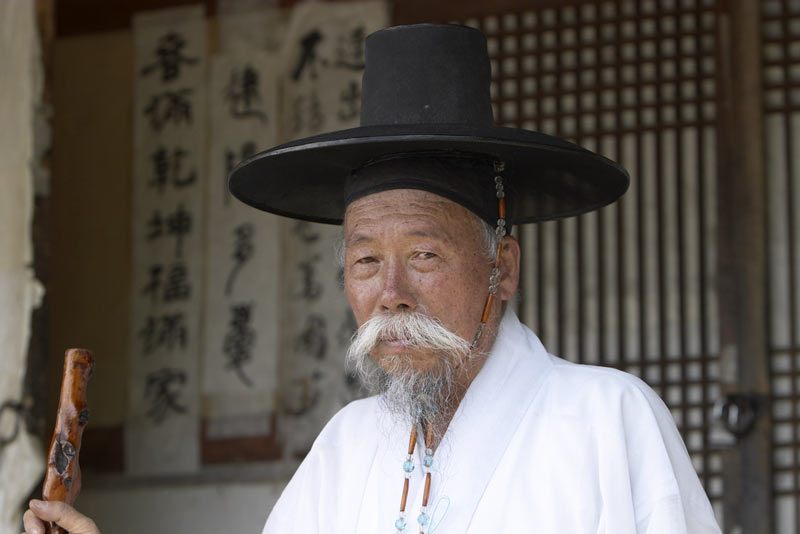
We learnt from Kim that the community’s aim was to remain true to traditional South Korean values.
Men wore their hair long, youths wore pigtails and everyone dressed in the plain white or grey hanbok clothing, which these days are usually found in museums.
Kim told us the community ascribed to a one-of-a-kind philosophy, a blend of Confucian, Buddhist, Christian and Tonghak.
The latter is a 19th-century religion formed by the Korean peasant liberation movement.
The belief system, Yubulson Kaengjangyudogyo, is a mouthful to pronounce and even more difficult to understand.
Kim showed us a set of astronomical charts with detailed markings mapping the earth’s relationship to the universe and grids he used to interpret the future.
His insights ranged from views on the state of war in the Middle East to predictions about the rise of China.
He spoke enigmatically about following the path to a higher plain, of their belief that Jesus Christ will be resurrected somewhere within the mountains of Jirisan in South Korea and of an earth that was about to head into a period of great suffering.
“We are preparing ourselves for the coming of the New Age, but first we have to ride through the storm,” he said.
The community was preparing for a world about to be plunged into decades of war, famine, flood, disease and drought.
“In the end, we believe that the earth will become a paradise and our way of life will preserve us for when this day happens,” he said.
The charts he used were handed down through the generations, by his ancestors, and teach a philosophy based on something called a circle of development, a cycle that predicts world changes in seasonal blocks of 1080 years.
“There is light before the end of the tunnel. Although there is a long wait for paradise on earth, the wheel is about to turn to bring some short term prosperity to many countries in Asia Pacific,” he said.
The community dates back to the 16th century when the spiritual force of Mount Jirisan drew people to the mountains to hide from the Japanese.
In the 1950s, the war between North and South Korea broke out and the mountains became a hiding place for communists.
It’s a lifestyle that requires its believers to maintain a harmonious relationship with nature by forsaking materialistic comforts. Villagers grow their own crops and tend to livestock.
They sell herbs, which they cultivate themselves, and keep bees to produce honey.
Teaching is an acceptable means of income and in recent years the village school has become a popular summer camp for children from all over South Korea.
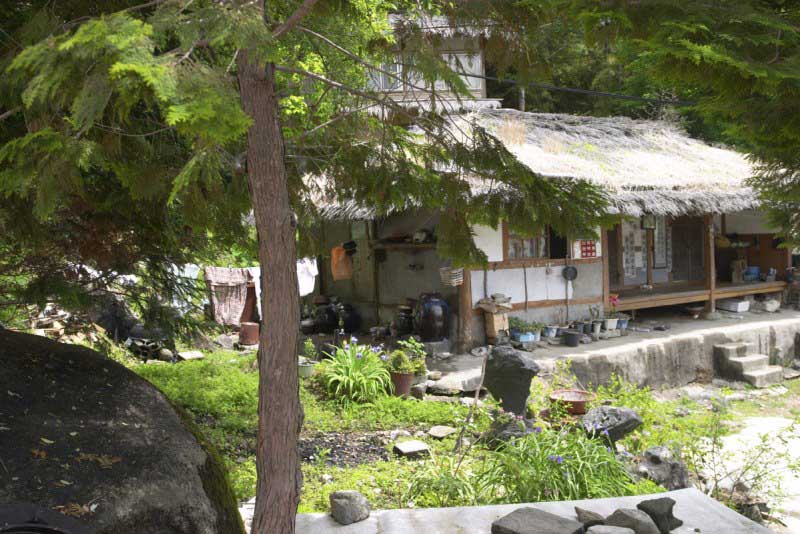
Village teacher Seo Jae Ok Hoon Jang says the ills of modern society stem from the lack of basic education.
His syllabus includes Chinese calligraphy, manners, cultivating good human relations and respecting elders.
“Children need to be taught to respect society and develop compassion for fellow beings,” he said.
While such a curriculum may not sound like an appealing choice for a young person’s summer vacation, South Korean parents appear to be sold on the idea.
Places at Seo’s summer school are booked out well in advance.
Local elementary school groups also support the village by booking organised field excursions for students as part of the standard national school system.
And overseas Koreans are sending their westernised children to the school to be educated in the old ways of their culture.
With the swirl of progress seeping into their daily lives, the people of Cheonghakdong are as passionate as ever about clinging to their traditional values because they emphatically believe that it is the only way to paradise.
But even though, they cling to their old belief system, they have not completely abandoned technological progress.
Cars, television, internet and gas heating are used cautiously.
“The secret is we use only what’s needed to live and refrain from indulging in excess,” said Kim.
The village is still there and the villagers still practice ancient customs.
Perhaps for them, paradise on earth is already there in a simple way of life surrounded by the lush natural beauty of the Jirisan Mountains.
How to get there
Take an intercity bus from Seoul Nambu Terminal (Subway Line 3) to Hadong and from Hadong Bus Terminal take the city bus to Cheonghakdong Village.
Take a bus from Seoul Express Bus Terminal (Express Bus Terminal Station, Subway Line 3,7) to Jinju and from Jinju-si, take an intercity bus to Cheonghakdong Village.
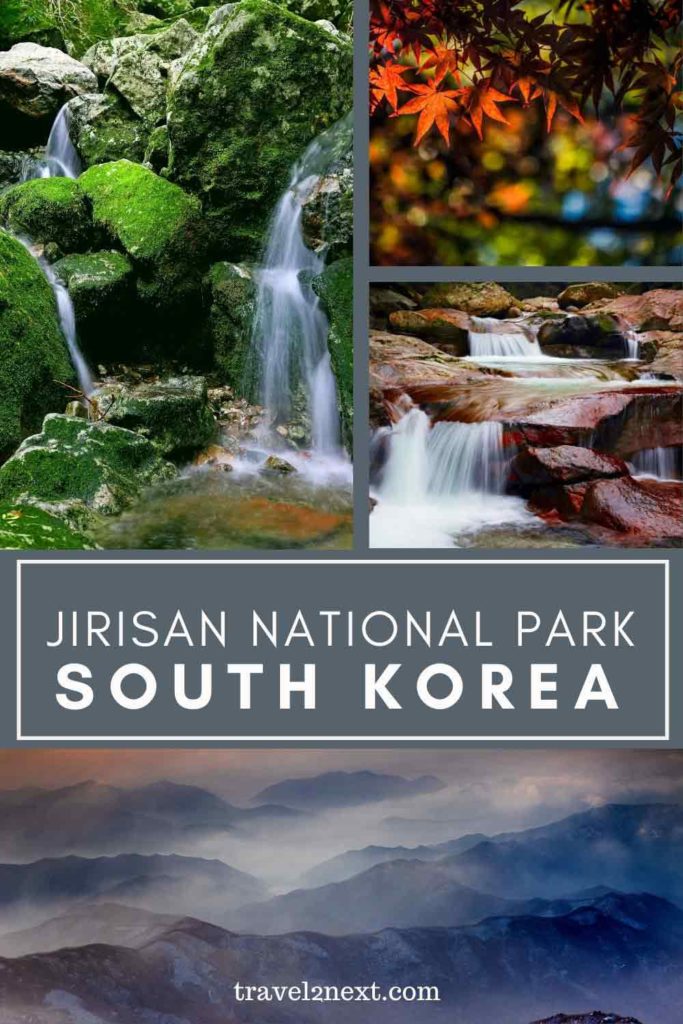
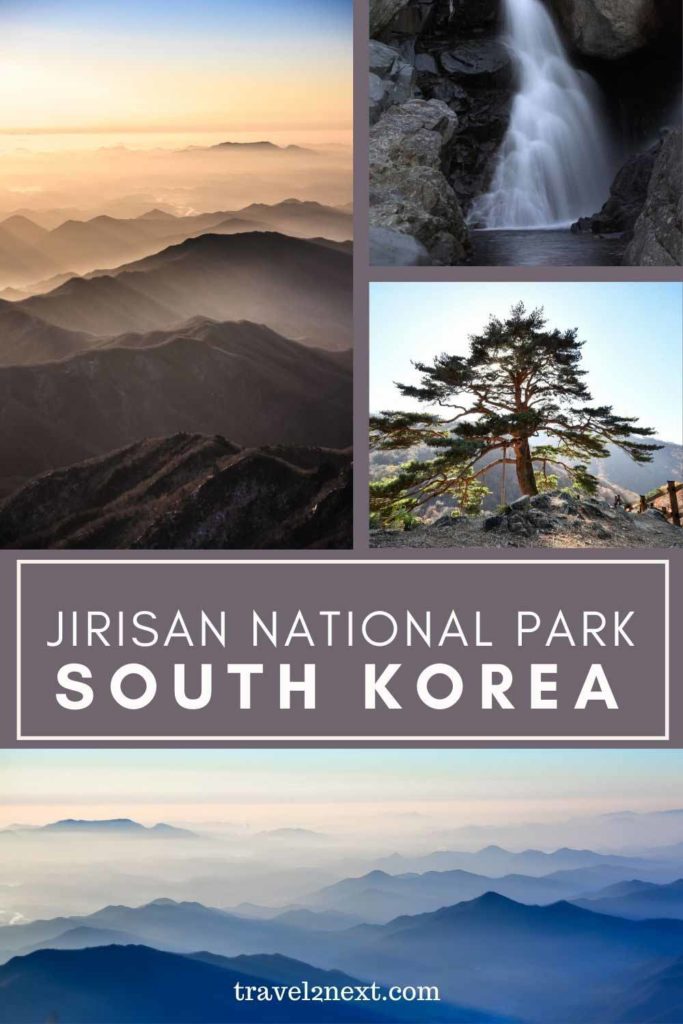
Plan Your Trip

Rent A Car – Find the best car rental rates at Discover Cars. They compare car hire companies to provide you with the best deal right now.

Find A Hotel – If you’re curious about this article and are looking for somewhere to stay, take a look at these amazing hotels.

